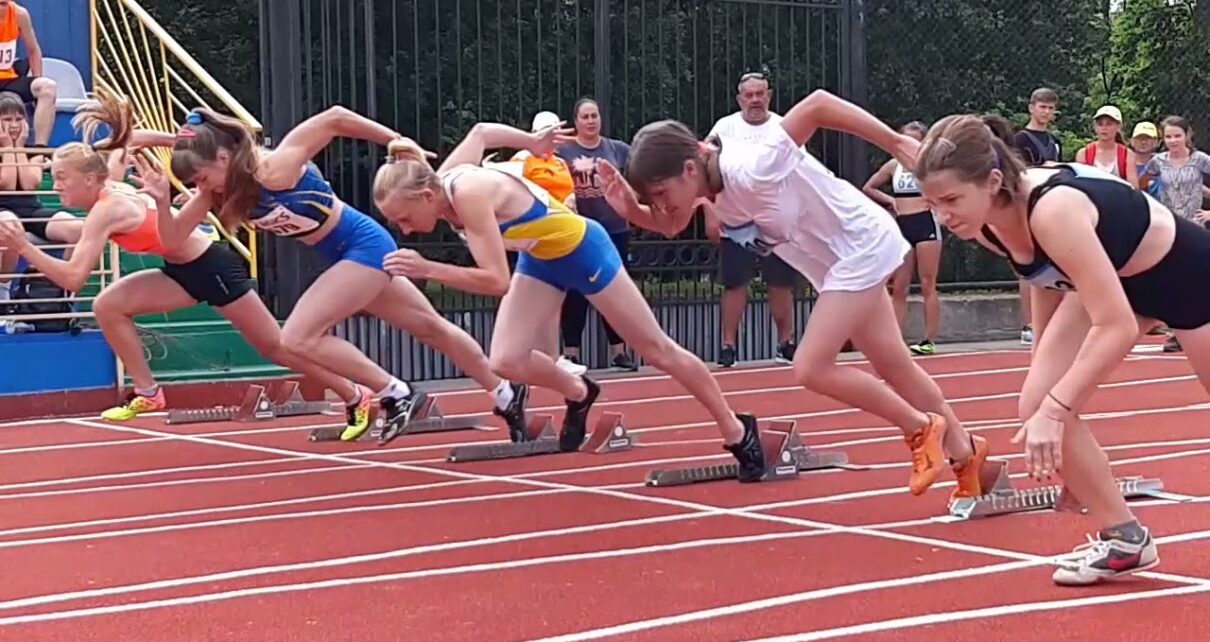The pursuit of excellence, integrity, and fair play lies at the heart of competitive sports. Athletes from all corners of the globe dedicate their lives to achieving their goals, pushing the boundaries of human performance, and standing on the podium as champions.
To maintain the purity of sport and ensure a level playing field, anti-doping regulations have become an integral part of the athletic landscape.
In this comprehensive guide, we will explore the world of anti-doping regulations, delving into their history, significance, and the organizations responsible for enforcing them.
Understanding Anti-Doping: A Historical Perspective
Doping in sports is not a recent phenomenon. Throughout history, athletes have sought ways to gain a competitive edge, whether through herbal concoctions, stimulants, or more modern performance-enhancing substances.
However, the evolution of anti-doping regulations with the guidance of recovery coaching has brought about a significant shift in the sporting world’s approach to maintaining integrity.
The watershed moment in the fight against doping came during the 1960s and 1970s. High-profile scandals and the tragic death of a Danish cyclist during the 1960 Rome Olympics highlighted the need for organized efforts to combat doping.
In response, the International Olympic Committee (IOC) established the Medical Commission in 1967, marking the first organized effort to address doping in international sports. This marked the beginning of formal anti-doping regulation.
The Birth of World Anti-Doping Agency (WADA)
The Medical Commission’s efforts were crucial in addressing doping issues in the Olympic Games. However, doping in sports had expanded well beyond the Olympics, and a more comprehensive approach was needed. Thus, the idea of a global anti-doping agency was conceived.
In 1999, the World Anti-Doping Agency (WADA) was born, representing a collaborative effort between the IOC, national governments, and other international sporting organizations. WADA’s mission is to promote, coordinate, and monitor the fight against doping in sports on a global scale.
WADA’s establishment gave birth to the World Anti-Doping Code, a harmonized set of anti-doping rules and regulations that forms the foundation of anti-doping efforts worldwide.
This code standardizes anti-doping policies, ensuring consistency and fairness in all sports and regions.
The World Anti-Doping Code
The World Anti-Doping Code is a comprehensive document that outlines the fundamental principles and rules of anti-doping efforts. Its key components include:
Prohibited List: The Prohibited List is an ever-evolving document that specifies substances and methods prohibited in sports. Athletes are prohibited from using these substances or methods, as they can potentially enhance performance and pose health risks.
Doping Control: Doping control is the process by which athletes are tested for prohibited substances. Athletes may be tested in and out of competition, with urine or blood samples collected for analysis.
Therapeutic Use Exemptions (TUEs): In cases where athletes have legitimate medical conditions that require the use of prohibited substances, a Therapeutic Use Exemption allows them to do so under strict medical supervision.
Anti-Doping Rule Violations (ADRVs): The World Anti-Doping Code defines various ADRVs, such as the use or possession of prohibited substances.
Athletes found guilty of ADRVs may face sanctions, including disqualification, suspension, or other penalties.
Education and Prevention: Education is a crucial aspect of anti-doping efforts. Athletes, coaches, and support personnel receive education and awareness training on anti-doping rules and regulations, ethical considerations, and the health risks associated with doping.
International Standards: WADA has developed a series of International Standards to ensure consistency and uniformity in anti-doping efforts.
These standards cover various aspects, such as testing, laboratories, and the protection of athletes’ rights.
Anti-Doping Regulation in Sports
While WADA and the World Anti-Doping Code provide the overarching framework for anti-doping regulation, individual sports organizations, federations, and governing bodies are responsible for enforcing and adapting these rules to their specific disciplines.
For example, in the world of track and field, World Athletics (formerly known as the International Association of Athletics Federations, or IAAF) is the governing body responsible for enforcing anti-doping regulations.
It oversees and enforces anti-doping efforts, ensuring that athletes compete on a level playing field.
Similarly, other sports organizations, such as the International Tennis Federation (ITF) for tennis or the International Cycling Union (UCI) for cycling, have their anti-doping regulations that align with the World Anti-Doping Code.
Anti-Doping in Practice
Doping control in sports is a systematic and thorough process designed to ensure fairness and integrity. Athletes may be tested at any time, in and out of competition, with little or no advance notice. The procedures involved in doping control typically include:
Notification: Athletes selected for testing receive a notification and must report immediately to the doping control station.
Sample Collection: Athletes provide urine or blood samples under the supervision of trained personnel. These samples are then sealed and sent to accredited laboratories for analysis.
Sample Analysis: Accredited laboratories conduct rigorous analysis of the samples to detect the presence of prohibited substances or methods.
Results and Adjudication: If a sample tests positive for a prohibited substance, an adjudication process begins. Athletes have the right to challenge the findings, and their cases are reviewed by anti-doping authorities.
Sanctions: Athletes found guilty of anti-doping rule violations face sanctions, which can include disqualification from events, suspension, loss of titles, and fines.
The Importance of Education and Prevention
Education and prevention are vital components of the fight against doping. Athletes, coaches, and support personnel receive education and training on anti-doping rules and regulations, ethical considerations, and the health risks associated with doping.
These programs aim to raise awareness, promote clean sport, and deter athletes from doping.
Educational efforts emphasize the ethical aspects of clean competition, the consequences of doping on health and careers, and the role of personal integrity in clean sport.
By promoting a culture of clean play and fostering a sense of responsibility, education helps athletes make informed choices that align with the principles of fair play.
Anti-doping regulations have transformed the landscape of sports, ensuring that athletes compete on a level playing field with fairness and integrity.
The establishment of the World Anti-Doping Agency (WADA) and the World Anti-Doping Code marked significant milestones in the fight against doping, harmonizing anti-doping policies across the globe.
Education, prevention, and rigorous testing procedures are integral to anti-doping efforts, enabling athletes to make informed choices that align with the values of clean and fair competition.
As we continue to uphold the principles of ethics, legality, and health in sports, the fight against doping remains essential to preserving the purity of sport for future generations.




